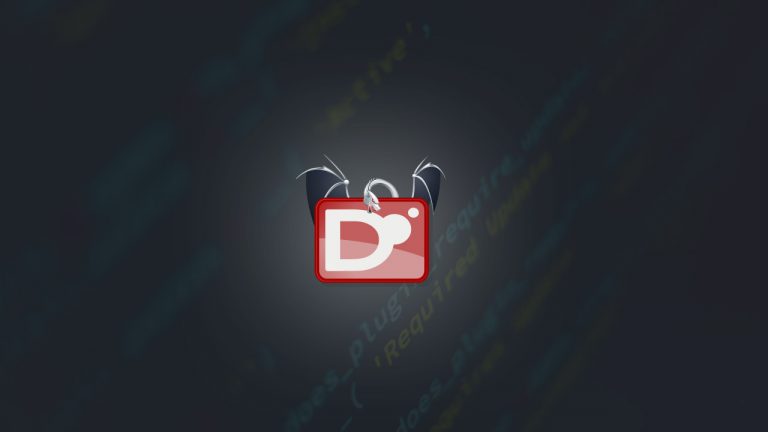D lang is a high-level programming language designed for coders who use C and C++ extensively. It is defined as a general purpose systems and applications language. The philosophy that drives D is that It is intended for coders who want to complete their tasks quickly and efficiently.
Contents
The Need For D Programming Language
The software industry has grown at impressive speeds in the last decade or two. The same is true of programming languages. With this speed and advancement, our needs from a programming language have also changed. We need languages to adopt the latest methods and strategies to solve problems quicker and more accurately. Earlier, languages were held back by poor computing resources available to compilers.
That isn’t the case today. However, retrofitting isn’t practical either. C or C++ were never designed for this century. They weren’t designed for the ‘Age of Information.’ While they are excellent languages, the modern world needs a modern language designed with today’s problems in mind. Ergo, D programming language.
Features Of The D Programming Language
- D makes life easier for everyday programmers. It is portable through compilers, machines, and operating systems.
- D is designed to reduce common mistakes that are a result of syntax errors.
- It supports international applications as it uses Unicode through and through.
- Also has a very short learning curve. If you use C++, chances are you can already code with D.
- D is compatible with the C binary interface.
- This is the language for you if you are building a standalone program.
- Has built-in testing and verification.
- In D, the parser and lexical analyzer are independent of each other. They are also independent of the semantic analyzer.
- D uses pointers, casting, and unions to enable access to low-level programming.
D is one of the most underrated languages. It has a considerable number of advantages over the old languages.
Some of them are listed below:
1. Execution time: C++’s compile-time execution is a known issue. D uses complex compile-time conditions and introspection that make it lightning-fast.
2. Common operations can be achieved easily in D.
3. Syntax parsing is simple.
4. Immutable Data Knowledge: If a given set of data is immutable, D recognizes it unlike C, which always assumes a worst case scenario.
5. D also recognizes pure functions. Unlike most other high-level languages, C has complete access to the source code in its entirety. This is of much help in function inlining. In C, you are forced to push functions into “.h” files which makes a simple task complex.
6. The length property of D strings makes substrings copy free. C, on the other hand, uses 0 terminated strings which leads to a chain of strlen() s.
7. Unlike C, D has CTFE ability. This enhances performance considerably for things like regex.
8. D has a feature called Final Switch. It generates switch codes efficiently without paying heed to the default. Every struct/union has to be named in C. D allows you to use truly anonymous struct/union members.
9. Robustness: With each passing day, programs are getting better and bigger. This has resulted in a huge number of bugs.
A considerable number of bugs written in C or C++ arise from uninitiated variables and object members. D does not allow that. Further, it replaces arbitrary pointer with arrays. This results in the elimination of buffer overflow that overwrite the stack.
In D, the test and verify code are available together with the source code and the algorithm. This makes testing and verifying the program easier.
So, Why Isn’t D Popular?
First, there are no big backers like Microsoft. Also, most people are already accustomed to the quirks of C++ and hesitate to switch to a lesser-known language.
You will also note that it does not have the momentum of C++: When C++ arrived, programmers had problems that were too big. Coding in C was becoming almost impossible. C++ solved those problems one after the other making it the obvious choice. D is great. But C++ still works.
Lastly, D still lags behind in implementation when it comes to very large projects. This is perhaps the only true drawback.
Verdict
In conclusion, the D programming language is for programmers. It doesn’t come with the high-headedness of other languages. Instead, it offers practical solutions to everyday problems that programmers face, making it one of the most underrated programming languages out there.

